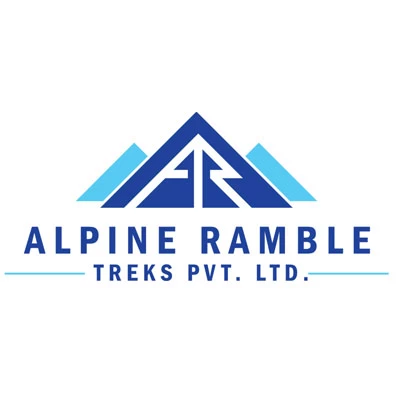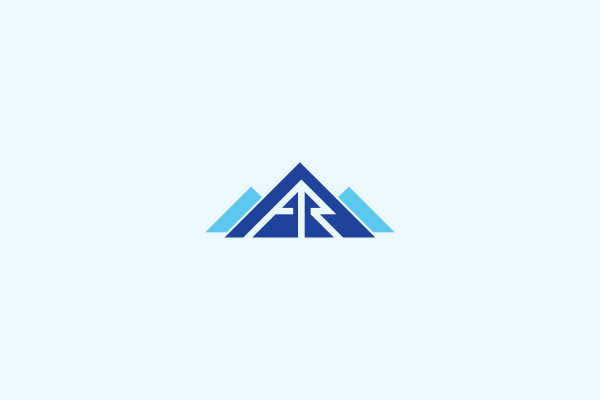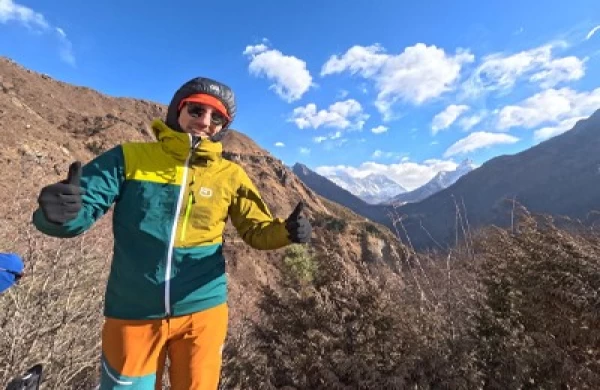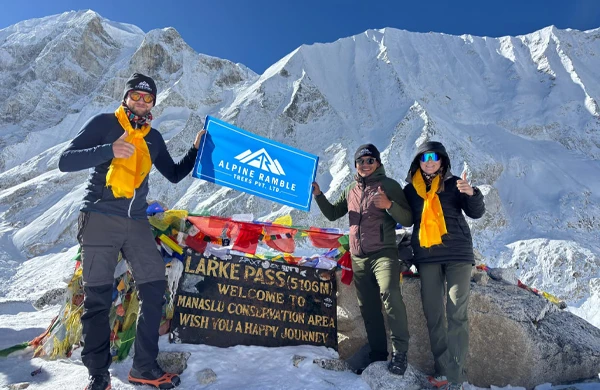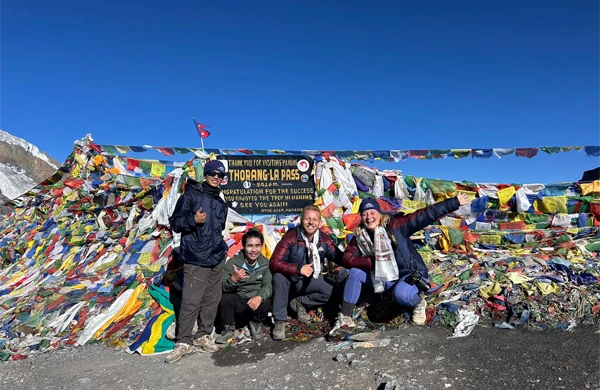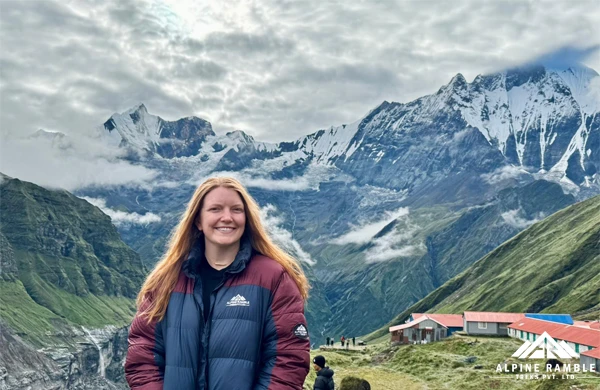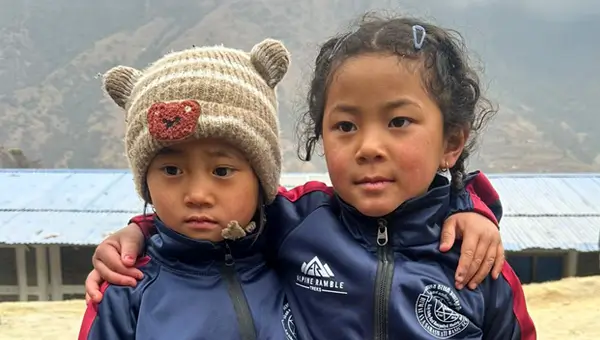Table of Contents
- Why do the Everest Base Camp Trek in January?
- Fewer Trekkers and Less Crowded
- Clear Views of Mountains and Landscapes
- Weather and Temperature in Everest Base Camp Trek in January
- Altitude, Altitude Sickness and Acclimatization
- Altitude
- Altitude Sickness or Acute Mountain Sickness
- Acclimatization to the Altitude
- Preparing Physically and Mentally for the Trek
- Packing the Right Gear and Equipment
- Safety and Security
- Acquiring Permits and Hiring Guides, and Porters
- Accommodation during the Everest Base Camp in January
- Winter and New Year Deals for the Everest Base Camp Trek
- Conclusion
It's a new year and a new destination. Christmas has just ended and you want to start out the new year with a big bang and what better way to do it than by doing the Everest Base Camp Trek? And you must be wondering if the Everest Base Camp is doable in January because it is the middle of the winter. And the answer is a big yes.
Many people get a little uncertain about trekking during the winter, but it is actually one of the best times to do the trek in terms of getting some of the best and clearest views. It will be colder compared to other seasons since it is winter but with the right knowledge and preparation, you can have the best trekking experience.
The fresh snow crunching underneath your shoes is truly an experience, especially when your destination is the Everest Base Camp itself. Not only does winter have a crisp and crystal clear sky that allows you to see the mountains in their full glory, but also there will be far fewer people compared to spring or autumn. So if you want to have a more peaceful experience, then January is the best month to do so.
But before we begin our adventurous journey of doing the Everest Base Camp Trek in January, we need to establish and understand a few things. And on this blog, we will discuss all the things you need to know and do before you embark on the said journey.
Why do the Everest Base Camp Trek in January?
Fewer Trekkers and Less Crowded
As we have established above, January falls in the winter season, which is considered to be an off-season in Nepal, and there is a significant drop in the number of tourists entering the country. Which means there are fewer people opting to trek to the Everest Base Camp or any other mountain trekking destination in general. And for those who do not like crowded places and want a more peaceful environment, then the month of January is the best choice. A new adventure for a new year seems just fitting. And it is not the only perk of trekking in January.
Clear Views of Mountains and Landscapes
The snowy landscapes and the gigantic mountains under the azure crystal sky are even better during January. Despite it being winter, the sky is actually pretty clear, which allows you to see the views in high definition. The mountains such as Mount Everest, Lhotse, Makalu, Cho Oyu, Nuptse, Pumori, Ama Dablam, Lobuche, and many more can be seen under the unblemished sky. The weather is just perfect to take pictures of not only the mountains but also the landscapes. The quaint villages, old monasteries, prayer-inscribed walls and prayer flags add more to the beauty.
Weather and Temperature in Everest Base Camp Trek in January
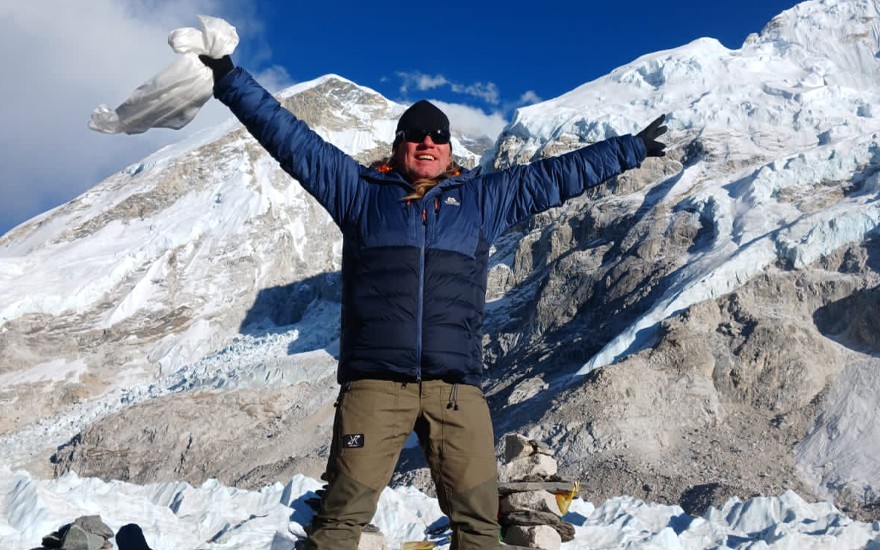
One of the most important aspects of trekking is knowing about the weather and temperature before the journey starts. There is never a one hundred percent guarantee that the weather will be perfect, no matter what season it is, spring or winter. The weather in the mountains is always unpredictable, so you should always take into account the possibilities of weather possibly going bad at any time. That being said, there are always patterns to follow, which indicate when the weather is usually bad. And according to those indicators and even the most experienced mountain guides, it shows that winter generally has really good weather.
The only worry about trekking in January is the drop in the temperature and snowfall. The temperature falls in the range of 5°C to 10°C during the day and can drop as low as -15°C to -5°C during the night. The lower region has less chance of getting snowfall but the higher you ascend, the chances of snowfall are higher. The cold, however, is a part of the experience of trekking in the mountains. It will be cold no matter which season you choose, but winter will be colder as expected.
Altitude, Altitude Sickness and Acclimatization
Altitude
The Everest Base Camp Trek has a notable altitude. As expected of the region that has the world’s tallest peak, Mount Everest (8848.86 meters). One of the main reasons for many people doing this trek is to witness Mount Everest before their very eyes. And to achieve this, you need to cover an elevation up to 5643 m, which equates to 18514 ft above sea level, which is Kala Patthar. Along with Kala Patthar, some notable altitudes include the Everest Base Camp itself at 5,364 meters (17,598 ft), Namche Bazaar at 3,440 meters (11,286 ft), Tengboche at 3,867 meters (12,687 ft), Dingboche at 4,410 meters (14,470 ft), and Lobuche at 4,940 meters (16,210 ft).
Altitude Sickness or Acute Mountain Sickness
Altitude Sickness or acute mountain sickness (AMS) happens when your body fails to acclimate to the high altitude due to the lower level of oxygen in the atmosphere. The higher you ascend, the more you will feel the lack of oxygen. It is quite common to come down with some symptoms, such as headaches or nausea. Altitude sickness happens when your body has trouble adjusting to the high altitude. This only happens if you cover more than 800-1000 meters a day without prior acclimatization. Thus, acclimatization plays a very important role in making sure you do not experience AMS.
Acclimatization to the Altitude
The best way to avoid getting altitude sickness is to do proper acclimatization during the trekking. Acclimatization includes staying at the same place for an extra day and practicing trek high and sleep low. You need to keep in mind that ascending despite showing clear signs of altitude sickness can lead to bad circumstances. While some headaches and nausea are common and can be cured with plenty of rest, a proper diet, and hydration, if the symptoms become more severe, it is best to descend down instead.
The itinerary for the EBC trek will include acclimatization days in places like Namche Bazaar and Dingboche, which helps the body adjust to the low oxygen levels. Medicines such as acetazolamide and dexamethasone should only be used under the direction of a physician. That being said, it is better to practice proper acclimatization or descend in case of altitude sickness than using external medications. But ultimately, if properly acclimatized, the experience will be smooth sailing and you will not have to descend or even depend on medications.
Preparing Physically and Mentally for the Trek
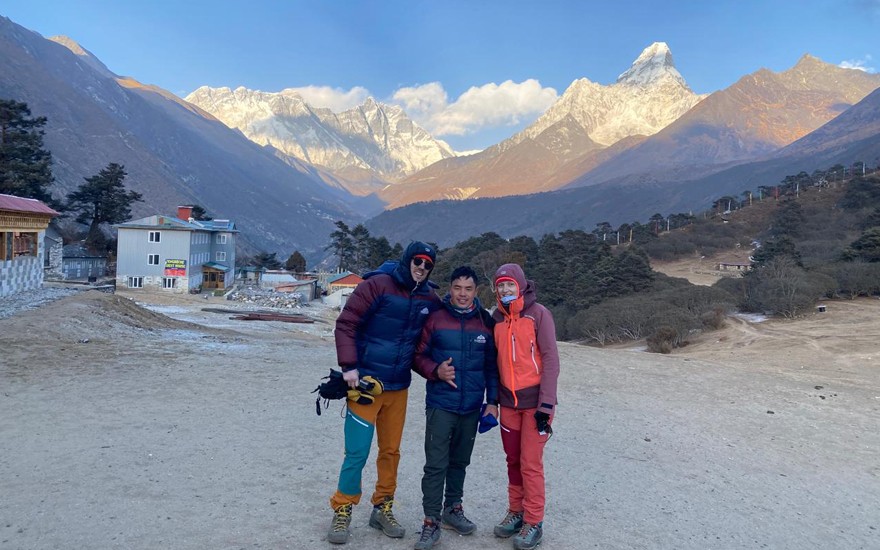
Preparing for the trek is the first thing you do. Both mental and physical preparation are required when you plan on taking on one of the most adventurous trails in the world. The Everest Base Camp trek is a moderately challenging trek but it can be done with ease with the right preparation. This trek is suitable for beginners as well but that does not mean it will be easy.
Your physical preparation includes proper diet and hydration with good exercise routines that are especially focused on conditioning your cardiovascular system. You need to have a very coherent plan if you want to do the EBC trek, especially in January. You will be walking at least 12-15 km a day for 7-8 hours on average; therefore, you will need to make your body fit enough to cover such a distance in a day whilst carrying your backpack. You also need to take into account the land topography and elevation gain that will impact your trek. Thus, a thorough preparation is required.
Let’s move to the importance of mental health. Having good mental strength is equally, if not even more, important to physical health. Having good mental strength gives you the power to navigate through any tough situation. It keeps your brain and body alert and responsive. You need to be fully aware of what you are getting into and how the place is going to be. You need to set your standards realistically, especially for things such as the land topography, hiking hours, and most of all, the cold temperatures of January.
Packing the Right Gear and Equipment
Having the right type of gear and equipment is crucial, as it makes your trekking experience better without any problems. These gear and equipment include sophisticated items such as crampons and trekking poles to much simpler ones such as jackets and socks. But nonetheless, each piece of gear and equipment holds a greater significance, especially in the middle of the winter.
You need to keep in mind that the temperatures during this trek will drip to negative degrees and you will require clothes and sleeping bags befitting the cold. You will also need crampons to walk on ice and snow. You need to perform thorough research on what you will need during this trek before you embark on the journey.
There are a lot of things to watch out for while packing for the trek, so it will be easier if you browse on the internet or consult an experienced trekker to make a packing list so that you will have everything you need for the trek. Make sure your clothes and gear are good quality and are able to withstand the harsh weather of the mountains.
Safety and Security
Being concerned regarding your safety during the trek is valid, especially when you are doing the trek during January. But most of the time, making sure you are safe depends on your actions and the steps you take. You need to make sure you register and get valid permits for the trek.
From preparing yourself mentally and physically to packing all the essential items, your safety is in your hands. But the thing you need to do the most is listen to your guide’s advice. You need to hire an experienced guide and porter for the trek, as the current law does not allow for solo trekkers or trekking without a registered guide. Having a guide reduces your chances of getting lost and you will also have an informational trek.
Apart from combating the cold, you also need to stay alert on the trail and make sure you are walking on the right trail; do not stray too far from your trekking partners and know basic singles. Always start your trek early and reach your destination before sundown. And most of all, always stay alert and aware of your surroundings.
Acquiring Permits and Hiring Guides, and Porters
Regardless of whether you are trekking alone or with a group, the Nepali government has made it mandatory to hire a registered trekking guide. Porters typically charge 25–30 USD per day, while guides typically charge 35–40 USD. However, if you are traveling with a company, they will cover the cost of your trekking guide; if you want to hire a porter, you will have to pay extra.
In fact, having a trekking guide with you is absolutely essential, particularly in January when the snow may make the trail confusing and increase the likelihood of getting lost. For your trek, it is therefore advised that you employ a certified trekking guide.
Accommodation during the Everest Base Camp in January
Since January falls during the off-season, you can pick and choose your favourite accommodation. Some might remain closed throughout the winter but most are open and do not get even a quarter of the influx they generally get during the peak season.
Fewer tourists means you will get to enjoy the peace and quiet during your stay. And the owners of the tea houses can cater to you with better services. Take advantage of you being one of the few guests staying at their tea house.
Winter and New Year Deals for the Everest Base Camp Trek
Winter means off-season in Nepal, which means there are many deals being offered by many companies for the occasion. Not only that, January also means it is the new year and many might give new year deals as well. Even the cost of a flight has chances of dropping compared to peak season.
Conclusion
January is the month where you can enjoy the trek to the Everest Base Camp trek in total peace and serenity. The trails are not filled with lines of trekkers going up and down as in spring and autumn. The only sounds will be the reverberating river downunder and the snow crunching underneath your feet. The unblemished azure sky presents the opportunity to view the clearest views of the gigantic peaks of the Khumbu region.
With the right plan and preparation, your January Everest Base Camp trek can be one of your best trekking experiences. Additionally, there are fantastic discounts available in January and throughout the winter. If you would like to schedule a trek to Everest Base Camp in January, you can do so by email or WhatsApp at info@alpineramble.com or +977 9851175531.
